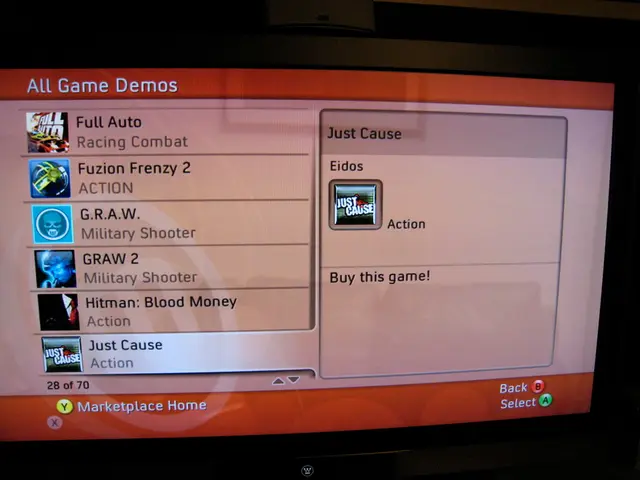Assess your wallet points on Monad's Test Network
Monad, a new high-performance Layer 1 blockchain, is making waves in the crypto world with its promise to address scalability, transaction speed, and compatibility issues within the Ethereum ecosystem.
The blockchain, which retains full compatibility with the Ethereum Virtual Machine (EVM), enables developers to deploy Solidity smart contracts seamlessly. This compatibility means that developers can easily migrate their existing Ethereum projects to Monad, taking advantage of its enhanced performance and scalability.
Monad aims to maximize throughput while preserving a developer experience similar to the Ethereum Virtual Machine (EVM). The project is expected to support up to 10,000 transactions per second with sub-second latency and near-instant finality, making it a promising contender for real-world applications.
For those interested in interacting with Monad, several resources are available. CryptoWalletsx provides a comprehensive leaderboard of wallets that have interacted with Monad's testnet, while the Repute platform is recommended for tracking wallet metrics on the Monad Testnet.
Monad successfully raised $225 million across Seed and Series A rounds in April 2024, with participation from top-tier investment firms. The project has hinted at the Token Generation Event (TGE) date in September 2025.
To optimize your wallet activity and increase chances of a Monad airdrop on the testnet, there are several steps you can take. First, set up a compatible wallet such as MetaMask, Haha wallet, OKX wallet, Rabbi Backpack, Fisizen, or Nomos wallet and configure it properly to connect to the Monad testnet by adding its custom network parameters.
Next, claim test tokens from the Monad testnet faucet to interact on the testnet. Engaging with decentralized applications (dApps) on the Monad testnet, such as the Kuru platform, is also encouraged. On Kuru, you can create and launch tokens, trade on their markets, deposit tokens into vaults, generate and customize your avatar, and participate in community activities via Discord.
Completing platform-specific tasks and missions, such as sharing activity within the community, taking on roles, and staying actively involved in discussions, can also increase your chances of a Monad airdrop. Regularly using your wallet for diverse testnet interactions, such as token launches, trades, and deposits, is also recommended to demonstrate active engagement and test network support.
In summary, the best strategy is to create/test multiple wallets connected to the Monad testnet, perform test transactions and trades, participate in community events, and fulfill platform-specific missions, as outlined in the Monad ecosystem and Kuru platform guides. These actions not only familiarize you with the Monad ecosystem but also typically qualify you for potential airdrops since projects often reward early testers who contribute actively and help identify issues during testnets.
Developers can utilize the compatibility of Monad with the Ethereum Virtual Machine (EVM) to easily migrate their existing projects and take advantage of Monad's enhanced performance and scalability, thus optimizing the weight of transactions on the network. To maximize chances of a Monad airdrop, consumers are advised to set up compatible wallets like MetaMask, use test tokens from the Monad testnet faucet, and participate in community activities and platform-specific missions on decentralized applications like Kuru, which involves creating and trading tokens, engaging in discussions, and completing tasks.




